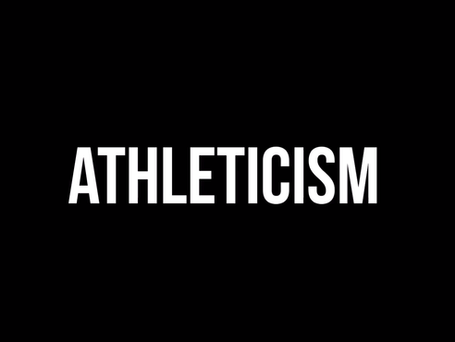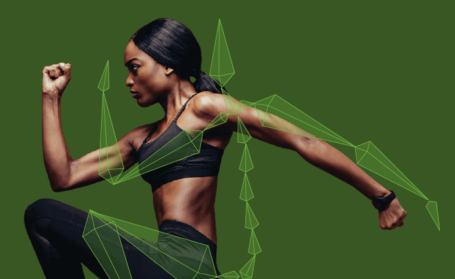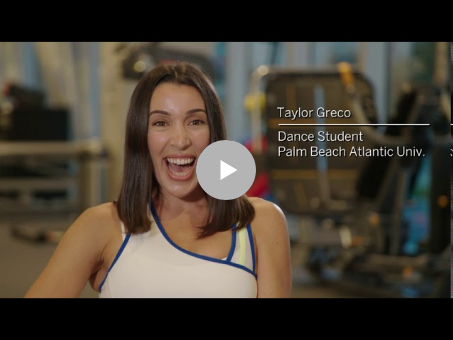Like an F1 racer, an athlete can be a finely tuned machine built to achieve a specific level of performance. With DARI, we offer that level of detailed feedback about an athlete similar to how an F1 race car is built. Those small alteration that can drop fractions of a second and be the difference between winning and losing. Every sport has its champion often defined by the matter of a few fractions of an inch. Why wouldn’t you use a technology that can actually measure that difference?
Author: Darimotion
DARI FMA : A Dashboard Review
One of our earliest data models was called the “DARI FMA”. Below is a live dashboard of a few screens for you to interact with and review. Find out what you or your team could look like with the utilization of a DARI system. Please feel free to reach out to us directly to learn more!
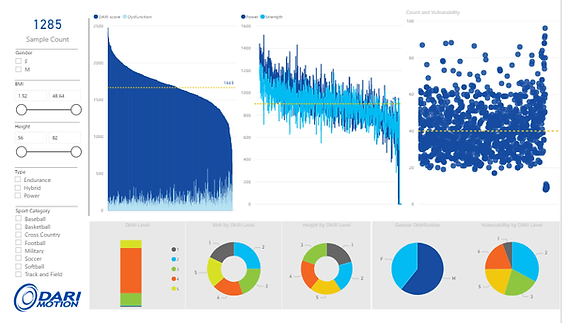
Yana Motion Health: Celebrating 3 years with DARI!
Yāna Motion Lab™ was founded to innovate and bring a new approach to motion assessment and motion health. Yāna has spent over 2 years thinking about, developing, and perfecting our unique motion assessment. We have taken great care to ensure that our assessments are completely reproducible and objective, session to session and lab to lab.
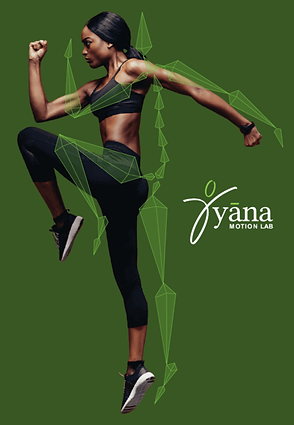
Whether you are healthy or injured, our reports empower individuals as well as healthcare providers to better understand, validate, and manage the journey to better motion health.
Remember, we don’t stop moving because we get old, we get old because we stop moving!
At DARI, we just want to say thank you to Yana Motion Health for being a leader in MSK health in wellness.
Biomechanics Of Building A Champion: Linear vs. Rotational Athletes
Comparing Patrick Mahomes and Tom Brady to tell the story of biomechanical models.
During sport specific athletic movements, an athlete needs to adopt a linear or rotational approach to produce that movement. Spoiler: most athletes adopt both patterns to produce the movement. However, based on your anthropometrics and biomechanics most athletes are likely to be successful at using one style more often than the other. In this post, we will discuss both approaches and showcase them in real world examples by comparing NFL quarterbacks Patrick Mahomes and Tom Brady.
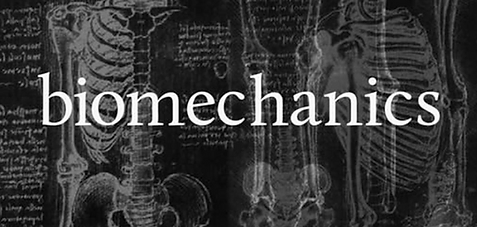
The Linear Athlete…
During throwing or swinging (baseball swing, golf swing, tennis service, QB throwing, etc) an athlete produces movement that results in the athlete moving towards (forward) to the target. The general principle is based around weight shift. For a baseball pitcher, this means you are trying to release the ball closer to home plate. For a batter, this means you are transferring your weight to your front foot during swinging. This convergence is a way for an athlete to accumulate force for the sport specific event (ball release or ball strike).
A simple example of this is hammering a nail. The linear direction and rigid nature of the hammer makes the production of force on the nail obvious. Increasing the force is done through speed or length of the hammer.
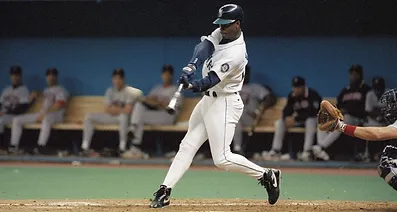
The Rotational Athlete…
During throwing or swinging (baseball swing, golf swing, tennis service, QB throwing) an athlete produces movement that results in minimal weight transfer and more significant rotation about the center of the body. The general principle is based around tangential (rotational) force produced from lag. For a baseball pitcher, this means you are trying to create a whip like motion. For a batter, this means you are not transferring your weight, but working on rotational sequencing. This convergence is a way for an athlete to accumulate force for the sport specific event (ball release or ball strike).
A simple example of this is a towel snap. The sequencing and compliant nature of the towel makes the production of force on an object obvious. Increasing the force is done through speed of sequencing or length of the towel.
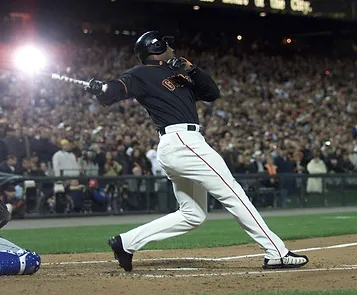
Benefits and drawbacks of Linear mechanics:
– Linear mechanics usually result in a more consistent movement pattern.
– For sport specific movements, the procedure keeps athletes in more optimal windows,
meaning the chance for an error or miss is lower.
– Often times, this mechanical adaptation is less powerful.
Goals for maximizing linear mechanics:
– To maximize linear mechanics the athlete needs longer levers (taller, longer wingspan).
– The tangential force production increases performance with an increase in lever arms.
Benefits and drawbacks of Rotational mechanics:
– Rotational mechanics usually result in a less consistent movement pattern.
– For sport specific movements, the procedure gives athletes a small window of success, meaning the chance for an error is higher.
– Often times, this mechanical adaptation is more powerful.
Goals for maximizing rotational mechanics:
– To maximize rotational mechanics, the athlete needs to focus on sequencing (timing).
– The “whip like” force production increases performance.
++++++++++++++++++++++++++++++++++++++++++++++++++++++++++++++++++++++++++++++++++++
Now — Lets compare some of the greats for each mechanical option.
Tom Brady vs. Patrick Mahomes
Tom Brady – Linear Mechanics
– Tom Brady produces a variety of throws that involves multiple applications regarding linear and rotational mechanics, but at the core, Tom Brady provides a linear force transition (front to back) and utilizes his long arm to produce an accurate pass.(63-68% pass completion). This is the key to his success. Tom has the overall size to use his longer arm with linear mechanics to produce an accurate pass.
These mechanics are why you can always count on Tom Brady’s pass to be right on target, rarely missing.
Patrick Mahomes – Rotational Mechanics
– Patrick produces a variety of throws that involve multiple applications regarding linear and rotational mechanics, but at the core Patrick Mahomes provides a rotational force transition and uses his body’s sequencing to produce a high velocity pass (62 mph at the combine). This is the key to his success. Patrick has the sequencing (timing) to use rotational mechanics to produce a high speed pass.
These mechanics are why Patrick Mahomes can throw a powerful pass from anywhere on the field. Never lacking in passing options.
Both quarterbacks are excellent at their position, but use very different biomechanical approaches to their sport specific movement. As an athlete or someone looking to identify an athlete, pay attention to these mechanics to maximize your sport specific performance.
++++++++++++++++++++++++++++++++++++++++++++++++++++++++++++++++++++++++++++++++++++
For sport specific movements….
Use linear mechanics when the athlete has longer levers (taller, longer legs and arms). These mechanics will produce accurate movements with good performance and also result in lower body stress.
Notable great linear mechanics athletes: Randy Johnson, Tony Gwinn, and Tom Brady
Use rotational mechanics when the athlete is smaller and has shorter limbs. These mechanics will produce an increase in movement performance, but can result in lower accuracy and higher body stress.
Notable great rotational mechanics athletes: Pedro Martinez, Barry Bonds, and Patrick Mahomes
In sports today, people often seek out rotational mechanics in athletes because of the highest potential for performance. For example, to maximize this situation you would seek out an athlete with long levers and rotational mechanics. But there are risks involved. As rotational mechanics are used (sequencing), the more error in accuracy increases. A prime example of this is JaMarcus Russell (tall and rotational). He had amazing performance but lacked accuracy which ultimately reduced his success. Rarely, do all the applications of power and accuracy come together.
Seek out the best mechanics for your body and sport specific movements, but do not forget about the mechanical pitfalls and how they may impact your ability to win. Find the balance, which may mean adopting mechanics that reduce your performance, but increase your chances of winning.
A Motion Health Journey: Ryan Moodie
Lordy lordy, looks who’s… 20?
I have never felt that I wasn’t able to move well. In high school, I played a variety of sports and did very well. I continued recreational sports throughout college and into law school. While I have never been what you would call a gym rat, I have also always been confident that if one were to roll a ball out onto the field, I could move and play at a reasonably high level.
But my perception of how well I move has changed as I have moved into my 40’s and now have two little boys to chase around. As you age, it is no surprise that you might lose a step or two or get a little creaky. Some things that came easy before are just a little harder than they used to be. Despite this, and although I have crossed 40, mentally I still think of myself as moving the way I did when I was 25 and playing softball in law school. At least that is what I want to believe. And I am not too proud to admit, that’s how I want my two little boys to see me as well.
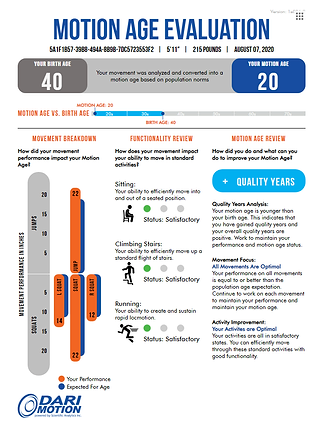
I recently took the Motion Age challenge at DARI. I performed my movement screen as well as I could, and eagerly waited while the numbers crunched and my report generated. And the report loaded and my score popped up on the screen. Subject age 40. Subject motion age 20. Across millions of comparative data points, I still move as well as the average 20 year old! It is not just how I feel, or how I want to see myself. It is how my body truly moves. It was a real affirmation that I am moving well, and I am moving how I want to be able to move so I can continue to have weekend morning wrestling matches and football games in the yard with my boys as they grow up.
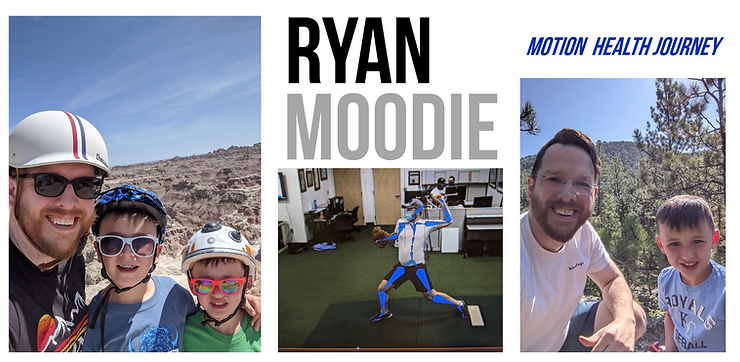
A Motion Health Journey: Patrick Moodie
Hello. My name is Patrick Moodie and I am a founder of DARI Motion. This is my motion health story…
Over the past 10 years I have been working on creative ways to bring a better understanding of what “Motion Health” is to the population. In this post, I will walk through the journey I have taken with the technology to help educate and improve my own motion health and how that has translated into what you see at DARI today. So, let’ get started.
Growing up I spent a lot of time playing sports and being active outdoors. This was something that really help mold my interactions with family, friends, and others in my community. Movement and exercise were central to who I was and who I wanted to become. This became even more apparent to me after suffering a broken arm while pitching in baseball as a high schooler. I became limited in my activities and abilities. The loss of function in my day to day activities while splinted was eye opening. I had to learn to ask for help. That point, when you can no longer move, or function is a real point of humble reflection regarding how much simply being able to move can impact your quality of life.
Fast forward 10 years and I find myself starting DARI and leading a motion health movement. Quantifying movement in a way that was; fast, easy, and scalable. To do that we needed to find metrics that help funnel answers about a person’s motion health without having to dive headfirst into a pile of data accurately sift through the numbers like a well-qualified Phd in biomechanics. It needed to be simpler to approach.
DARI started this with a data model called the “DARI FMA” which judged how you moved with a point accumulation system. Essentially, the higher you jumped, the lower you squatted, and further you lunged the better you would score. Every inch and every degrees achieved would be added to your total. Lastly, you would have subtraction points for “poor biomechanics” reducing your overall score. The goal was to move to your best without compromising quality. Through statistical analysis we were able to define what an “elite” mover would look represented in DARI data.
Naturally, I started testing myself against these models to see how I (and the model) was performing. Those first initial test and continual work over the next year illustrate that I was a good mover, but not an elite mover. Looking back, that moment was more empowering then I realized. Just the act of testing myself gave me a new comfort with my body. When I had a deeper clinical musculoskeletal (MSK) exam my providers were confirming what the report was identifying and I began seeking treatments and corrective exercises that I never would have thought of implementing – because I wasn’t having pain.
That “Aw Ha” moment transformed my motion health. After attacking my personal motion health goals with corrective exercises and therapies, I found it easier to put my socks on, pick up my kids, get out of my car, hiking up mountains, or complete triathlons.
Still to this day, I continue to collect data and monitor my own personal motion health information. Now, as I age and the more my family grows or the unexpected curveballs of life keep coming at me reducing my time for my motion health, I am still able to continue to improve my motion health.
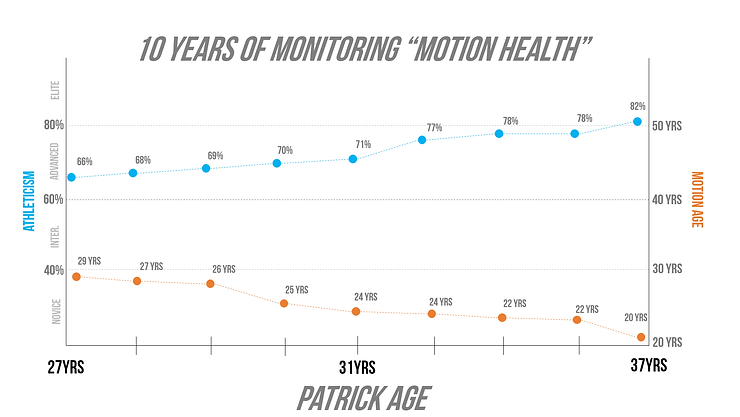
Just last month, for the first time in 10 years, I achieved an elite status for my motion health!
From those experiences and others over the years—DARI offers data models like: Athleticism, Readiness, or even Motion Age. All different ways for everyone to engage, educate, and understand their motion health. Check out which one might be right for you here -> https://www.darimotion.com/technology
To close, I work to know my motion health so that I don’t find myself waking up one day at a point where I can’t move well and I need to start asking for help or assistance. I want to spend as may quality years possible playing with my grandkids (hopefully 😊), climbing mountains with my friends, and dancing the night away with my wife. But, that all starts with today.
I hope you decide to start looking at your motion health more closely and start your own journey.

Thank You to all the Physical Therapists in the DARI Community!
You all make a dramatic impact on the day to day motion health for all our loved ones. Thank you for joining DARI in the movement of movement to radically transform the world of motion health.
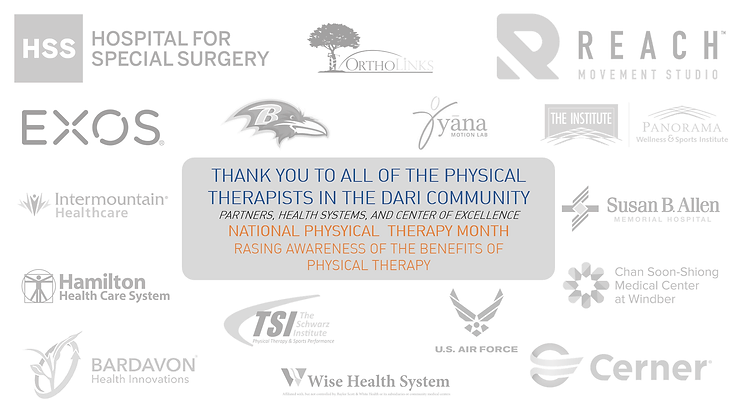
A Motion Health Journey: Amber Morgan
Motion Health became a big part of my life 10 years ago. I tore my ACL playing a sport I loved, despite all ACL prevention and strength training I had been through. I was devastated to find out how common this injury was and my heart still aches for any athlete I watch go down during a game. I battled back from the injury, but not without disappointment in the archaic therapy evaluation techniques and lack of personalized treatment.
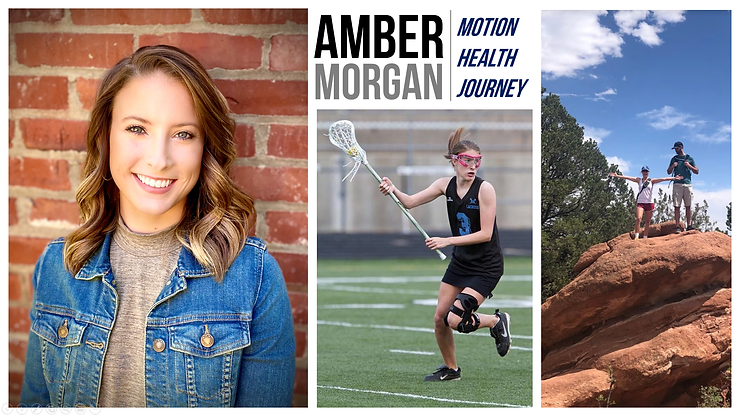
Fast forward half a decade where I was introduced to this brand new DARI Motion technology. I immediately wanted to try it out and was scanned on the DARI FMA. The results showed obvious signs that I was vulnerable for an ACL tear due to high valgus and lack of glute activation when loading or landing. I was also still significantly weaker on my surgical side from five years prior! This had my wheels turning… Was I actually ready to return to live action 5 months post-op? Is that going to have a lasting affect on my motion health as I age?
The DARI scan quantified everything I had desired in the past. My susceptibility to injury, weaknesses, strengths, and I knew not only exactly what to improve on, but could watch my numbers tick up over time as they improved. This was the missing piece from my therapy so many years ago. At the time, I had felt fine and confident to return, when in reality I probably shouldn’t have that quickly. If someone had shown me objective numbers, images, videos, my compliance would have drastically improved.
Over the last five years I have worked to better my motion health over time rather than let it degrade. I strived to reach the highest scoring ‘level’ at DARI and recently met that goal. Now my goal is to maintain that level of motion health. This achievement is parallel to the work I have put in the last couple of years, conducting frequent DARI
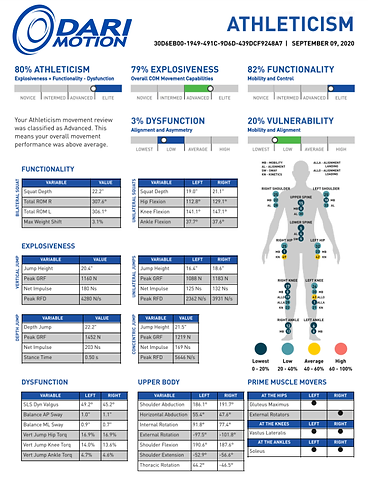
scans to validate improvement and identify weaknesses. In fact, I feel as though I am in the best shape I have been in since high school and I have the numbers to quantify it.
It is never too late to reverse your motion health and start making positive strides. I am always going to work to be ready to take on what life has to throw at me and hope to never have to turn down an activity or event due to my motion health.
You can’t take movement for granted, it can be gone before you know it.
A Real World Application Of DARI!
Hear directly from our partners at HSS about how you can use a DARI system in your clinical applications. Your healthcare team, from therapist to physicians, can use this ground truth information as a solid foundation to build a patient’s recovery plan after surgery or as an intervention to avoid surgery.
To add this to your clinic, reach out to us directly at:
ggiefer@DARImotion.com
